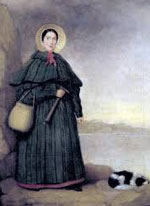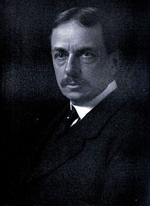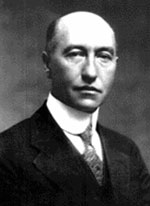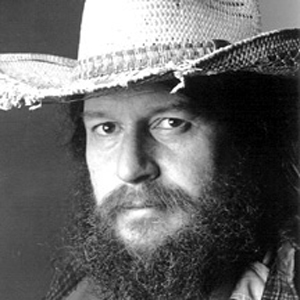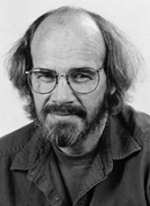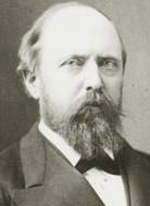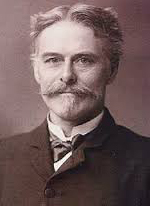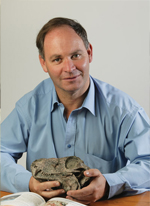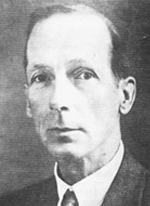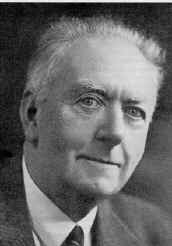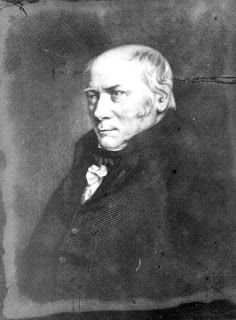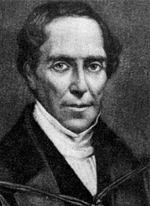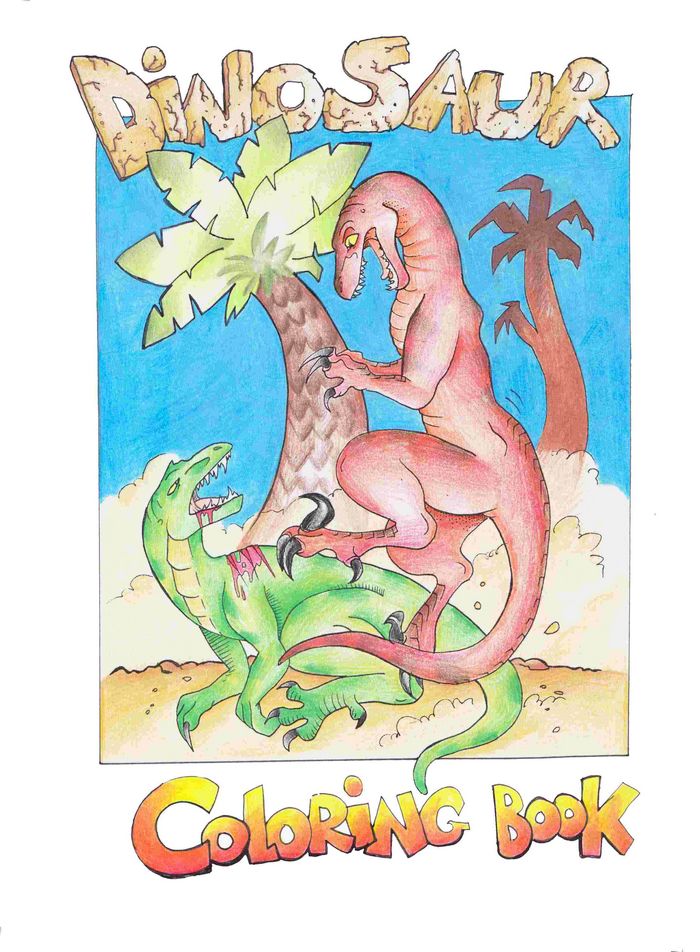Mary Anning (1799 –1847) was an English fossil collector, dealer, and palaeontologist who became known around the world for the discoveries she made in Jurassic marine fossil beds in the cliffs along the English Channel at Lyme Regis, England. Anning's findings contributed to changes in scientific thinking about prehistoric life and the history of the Earth. Her discoveries included the first correctly identified ichthyosaur skeleton, the first two plesiosaur skeletons; the first pterosaur skeleton located outside Germany; and fish fossils.
As a woman, she was not eligible to join the Geological Society of London and she did not always receive full credit for her scientific contributions. However, her friend, geologist Henry De la Beche assisted her financially. Anning became well known in geological circles in Britain, Europe, and America, and was consulted on issues of anatomy as well as fossil collecting.
Anusuya Chinsamy-Turan (1962 - ) is a palaeobiologist in the Department of Biological Sciences at the University of Cape Town. She has received a number of awards for her work which include an NRF President Award, the South African Woman of the Year Award, the "Distinguished Women Scientist Award" and the NRF Transformation Award. In 2013 she was awarded The World Academy of Science’s sub-Saharan prize for the Popularisation of Science. She has published many papers in leading scientific journals and has also served as Director of Iziko Museums Natural History Collections. She has also written a book for children titled, "Famous Dinosaurs of Africa"
Charles Darwin (1809 - 1882) was an English naturalist, geologist and biologist, best known for his contributions to evolutionary biology. His proposition that all species of life have descended from a common ancestor is now widely accepted and considered a fundamental concept in science. In a joint publication with Alfred Russel Wallace, he introduced his scientific theory that this branching pattern of evolution resulted from a process that he called natural selection, in which the struggle for existence has a similar effect to the artificial selection involved in selective breeding. Darwin has been described as one of the most influential figures in human history, and he was honoured by burial in Westminster Abbey. Darwin published his theory of evolution with compelling evidence in his 1859 book On the Origin of Species.
Hey! Seeing that you are here, and that you are clearly a dinosaur fan, so go check out our DinoZone YouTube channel which is full of wonderful videos on all things palaeontological.
Barnum Brown
Barnum Brown, a renowned palaeontologist, left an indelible mark on the field of vertebrate palaeontology through his groundbreaking discoveries and meticulous research.
Born on February 12, 1873, in Carbondale, Kansas, Brown developed a deep passion for fossils and dinosaurs at a young age, setting the stage for his illustrious career.
In 1902, Brown joined the American Museum of Natural History (AMNH) in New York City, where he spent over 50 years unearthing some of the most significant dinosaur fossils ever discovered.
One of his most notable finds was the nearly complete skeleton of Tyrannosaurus rex, which solidified Brown's reputation as one of the world's leading dinosaur hunters.
His groundbreaking work included the discovery of other iconic dinosaurs such as Triceratops, Ankylosaurus, and Apatosaurus, enriching the AMNH's collection with invaluable specimens.
Beyond his scientific contributions, Brown was known for his larger-than-life personality and captivating storytelling, making him a beloved figure among colleagues and the public alike.
In recognition of his significant contributions, Brown received numerous awards and honours throughout his career, cementing his legacy as one of the greatest palaeontologists of all time.
Barnum Brown passed away on February 5, 1963, leaving behind an extraordinary body of work that continues to inspire and shape our understanding of the ancient world.
Robert Thomas Bakker (1945 - ) is an American paleontologist who helped reshape modern theories about dinosaurs, particularly by adding support to the theory that some dinosaurs were endothermic (warm-blooded). Along with his mentor John Ostrom, Bakker was responsible for initiating the ongoing "dinosaur renaissance" in paleontological studies, beginning with Bakker's article "Dinosaur Renaissance" in the April 1975 issue of Scientific American. His speciality is the ecological context and behaviour of dinosaurs. Bakker has been a major proponent of the theory that dinosaurs were warm-blooded, smart, fast, and adaptable. He published his first paper on dinosaur endothermy in 1968. His seminal work, The Dinosaur Heresies, was published in 1986. He revealed the first evidence of parental care at nesting sites for Allosaurus.
John Robert (‘Jack’) Horner (1946 - ) is an American paleontologist most famous for describing Maiasaura, providing the first clear evidence that some dinosaurs cared for their young. In addition to his palaeontological discoveries, Horner served as the technical advisor for the first five Jurassic Park films, had a cameo appearance in Jurassic World,[2] and served as a partial inspiration for one of the lead characters of the franchise, Dr. Alan Grant. Horner studied at the University of Montana, although he did not complete his degree due to undiagnosed dyslexia, and was awarded a Doctorate in Science honoris causa. He now teaches as a Presidential Fellow at Chapman University. Robert T Bakker
Othniel Charles Marsh (1831 – 1899) was an American professor of Palaeontology in Yale College and President of the National Academy of Sciences.[2] He was one of the preeminent scientists in the field of palaeontology. Among his legacies are the discovery or description of dozens of new species and theories on the origins of birds. He graduated from Yale College in 1860, after which he travelled the world, studying anatomy, mineralogy and geology. He obtained a teaching position at Yale upon his return. From the 1870s to 1890s, he competed with rival palaeontologist Edward Drinker Cope in a period of frenzied Western American expeditions known as the Bone Wars. Marsh's greatest legacy is the collection of Mesozoic reptiles, Cretaceous birds, and Mesozoic and Tertiary mammals that now constitute the backbone of the collections of Yale's Peabody Museum of Natural History and the Smithsonian Institution.
Edward Drinker Cope (1840 –1897) was an American zoologist, palaeontologist, comparative anatomist, herpetologist, and ichthyologist. Cope distinguished himself as a child prodigy interested in science; he published his first scientific paper at the age of 19. He made regular trips to the American West, prospecting in the 1870s and 1880s, often as a member of United States Geological Survey teams. A personal feud between Cope and palaeontologist Othniel Charles Marsh led to a period of intense fossil-finding competition now known as the Bone Wars. His contributions helped to define the field of American palaeontology. He was a prodigious writer, with 1,400 papers published over his lifetime. He discovered, described, and named more than 1,000 vertebrate species, including hundreds of fishes and dozens of dinosaurs.
Roy Chapman Andrews (1884 – 1960) was an American explorer, adventurer and naturalist who became the director of the American Museum of Natural History.[1] He led a series of expeditions through the politically disturbed China of the early 20th century into the Gobi Desert and Mongolia. The expeditions made important discoveries and brought the first-known fossil dinosaur eggs to the museum. Chapman's popular writing about his adventures made him famous.
James Kitching (1922 –2003) was perhaps the greatest bone collector of them all, James Kitching was born in the Karoo town of Nieu Bethesda and spent his childhood fossil hunting. He got so good at it that they allowed him onto a masters programme without a first degree, and he then worked his way up to the Directorship of what used to be the Bernard Price Institute of Palaeontological Research at Wits University. He collected and documented a huge number of Permian and Triassic reptiles and found the oldest dinosaur eggs to date, those of Massospondylus which have been dated at 190 million years old. There’s a ridge in Antarctica named in his honour.
Bruce Rubidge is the Director of GENUS. Following completion of his B.Sc. (Hons) cum laude at Stellenbosch University he headed the Karoo Palaeontology Department at the National Museum in Bloemfontein until 1990 when he was appointed Director of the Bernard Price Institute (BPI) and Head of the Palaeontology Department at the University of the Witwatersrand. In 2013 he was appointed Director of d DST-NRF Centre of Excellence for Palaeosciences at Wits. His research focuses on the Karoo fossil record, its significance in understanding the origin of mammals, and its applications in stratigraphy, Pangaean biogeography, and basin development studies.
Alexander Logie du Toit was a renowned South African geologist who lived from 1878 to 1948. His contributions to the field of geology were highly influential. Du Toit is best known for supporting Alfred Wegener's theory of continental drift, well before it gained wider acceptance. His work laid the foundation for our understanding of plate tectonics and the evolution of Earth's continents. Du Toit's research on the Karoo Basin in South Africa provided critical evidence for his continental drift hypothesis. His legacy continues to inspire geologists worldwide.
Arthur Holmes (1890 – 1965) was an English geologist who made two major contributions to the understanding of geology. He pioneered the use of radiometric dating of minerals, and was the first earth scientist to grasp the mechanical and thermal implications of mantle convection, which led eventually to the acceptance of plate tectonics.
Henry De la Beche (1796 - 1855) was an English geologist and palaeontologist, the first director of the Geological Survey of Great Britain, who helped pioneer early geological survey methods. He was the first President of the Palaeontographical Society. De la Beche spent his early life living with his mother in Lyme Regis, where he acquired a love for geology through his friendship with Mary Anning. At the age of twenty-one he joined the Geological Society of London. He became an avid fossil collector and illustrator, collaborating with William Conybeare on an important paper on ichthyosaur and plesiosaur anatomy that was presented before the Society in 1821. He continued throughout life to be one of its most active, useful and honoured members, serving as president of the Society from 1848 to 1849.
William Smith (1769 - 1839) was an influential geologist who lived from 1769 to 1839. He is often referred to as the "Father of English Geology" for his significant contributions to the field. Smith is best known for his work on stratigraphy and the development of the first geological map of England, Wales, and parts of Scotland. His map is known in geological circles as the "Map that Changed the World," revolutionised geological understanding and laid the groundwork for modern geological mapping. Smith's observations of rock layers and fossils led to the principle of faunal succession, which forms the basis of relative dating in geology. His pioneering work continues to shape the study of Earth's history
Gideon Mantell (1790 - 1852) was a British obstetrician, geologist and palaeontologist. His attempts to reconstruct the structure and life of Iguanodon began the scientific study of dinosaurs: in 1822 he was responsible for the discovery (and the eventual identification) of the first fossil teeth, and later much of the skeleton, of Iguanodon. Mantell's work on the Cretaceous of southern England was also important.
William Buckland (1784 – 1856) was an English theologian, geologist and palaeontologist and was the first person to ever describe a dinosaur. He spent his childhood collecting fossils with his father, and took courses in chemistry and mineralogy and then developed an interest in geology, going out on geological excursions during his holidays. He wrote books and scientific papers on his discoveries, doing so well that they made him the president of the Geological Society of London. It was during this time that he discovered and named the giant reptile Megalosaurus ('great lizard') and wrote the first full account of what would later be called a dinosaur.
Alfred Russel Wallace (1823 to 1913) was a prominent British naturalist and explorer who lived from 1823 to 1913. He is best known for independently developing the theory of evolution by natural selection, which he published jointly with Charles Darwin. Wallace conducted extensive fieldwork in Southeast Asia and South America, collecting numerous specimens and making important contributions to the study of biogeography. He was a staunch advocate for social and political reform, championing causes such as women's suffrage and land reform. Wallace's legacy as a pioneering naturalist and his co-discovery of the theory of evolution have had a profound impact on the field of biology.
Sir Richard Owen (1804 -1892) was a prominent British naturalist and palaeontologist. He is best known for his extensive work on comparative anatomy and for coining the term "dinosaur" to describe the fossilized reptiles he studied. Owen played a significant role in the establishment of the Natural History Museum in London and served as its first superintendent. He made important contributions to the understanding of various prehistoric creatures, including the discovery and classification of numerous extinct species. Owen's meticulous research and influential writings continue to shape the field of palaeontology to this day. For more on Richard Owen click here.

